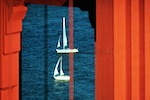Best Waterproof Camera:
Five top models shoot it out
Waterproof cameras are becoming more and more popular these days, with models available from most major manufacturers. These cameras offer protection from the elements in the form of dust-proofing, water-proofing, and impact resistance. Since 75% of broken cameras are the result of a drop or dunk, this kind of protection is worth it--especially on a beach vacation or when lounging by the pool.
Today we'll take a look at five models that are highly regarded by actual users - the Nikon AW100, Panasonic TS3, Panasonic TS4, and Sony TX10. All offer similar protection from the elements and all cost $400 or less from major resellers. The differences between them, however, are bigger than you might think.
BEST WATERPROOF CAMERA:
Panasonic Lumix DMC-TS4
12.1 MP, $329 (more specs)
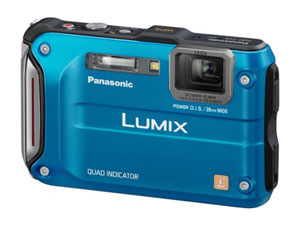 |
The TS4 and TS3, while more similar than different, are separated by a price gap of almost $100. The new TS4, at $329, is the more fully-featured camera, while the TS3 has great image quality at a bargain price. For the time being, the TS3 is still being sold, though it won't be for long. If you don't need the TS4's improvements, there's no reason not to save a few bucks and pick up the TS3. For this reason, both cameras will bear our Best Camera award until the TS3 goes off the market. Read more about the Panasonic TS4.
Second place:
Panasonic Lumix DMC-TS3
12.1 MP, $239 (more specs)
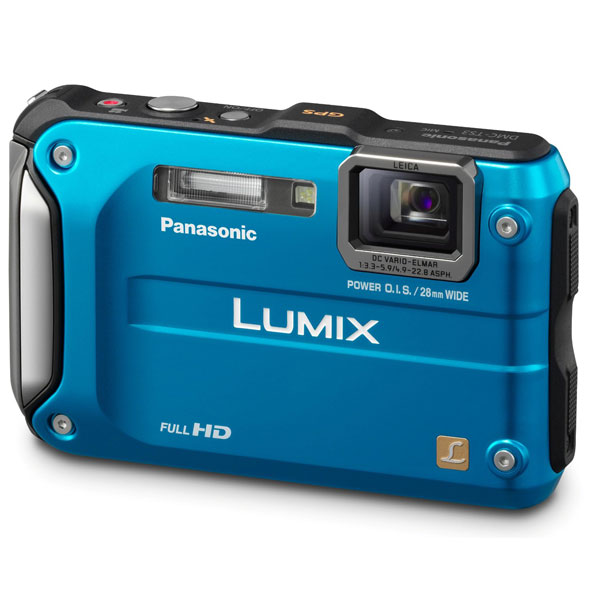 |
The TS3 takes great pictures. What's more, it has the best water, dust, and shock protection ratings of any camera in the shootout, which is of special importance in this category. It has the fastest burst mode for quick shooting, making it a great snapshot camera for fast-moving objects, like small birds and small children. The menu system makes the camera easy to use, so there's never a struggle to get it to do what you want. That combination is hard to beat. Panasonic's own TS4 has some additional features, but there's a price gap that makes the two cameras appeal to different consumers, so both will remain on the list until the TS3 is no longer available. Read more about the Panasonic TS3.
Third Place Tie:
Sony DSC-TX10
16.2 MP, $289 (more specs)
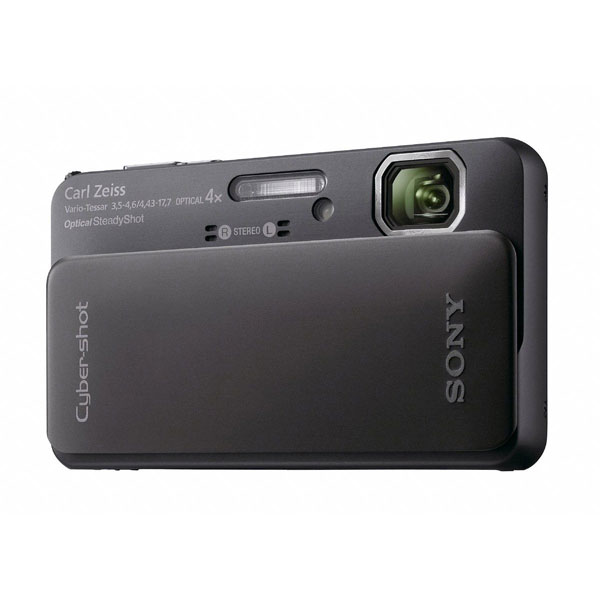 |
All in all, the TX10 is good for the user who wants a point and shoot with a built-in insurance policy, rather than a dedicated underwater camera. If that's what you're looking for, it's a great little machine. Read more about the Sony TX10.
Canon PowerShot D20
12.1 MP, $349 (more specs)
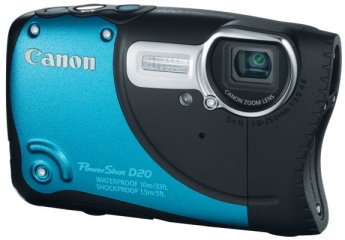 |
Also Ran:
Nikon AW100
16 MP, $300 (more specs)
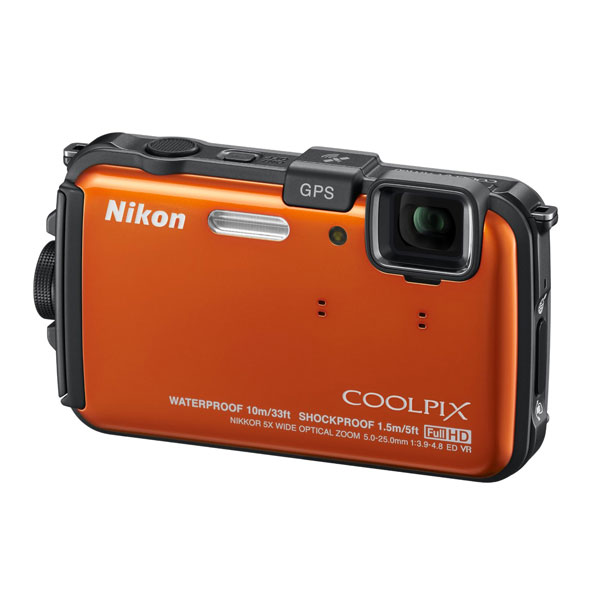 |




